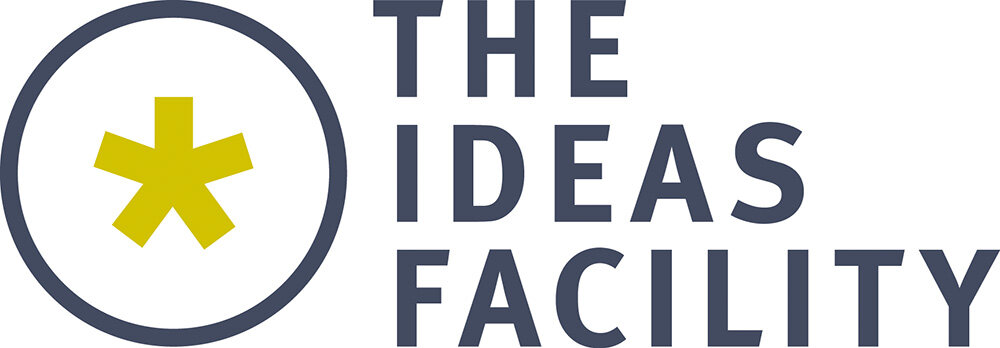My strategy is a Temple
John Browne, former CEO of BP famously said: “Strategy is the bit between your purpose and your business plan.” But how do you get there?
Working on strategy with numerous organisations over the past few years – from multi-national mega brands, to small charities, we have found there is often great resistance when ‘wheeling out’ a model to illustrate a strategy or process – not because they don’t have merit, but because people want to feel that it must be specific to them. Bringing it to life from the pages of a textbook can be a challenge.
However, there is one metaphor that never seems to lose its appeal, when trying to bring vision to life. That is the one often referred to as the ‘Strategy Temple.’ There are various iterations of this, which demonstrates its flexibility and pertinence in making it applicable to many contexts and business situations.
Our narrative around the Strategy Temple has been consistent over the past few years, because the image helps to bring clarity of thinking – helped by the way we all identify with storytelling through metaphor. When we work with organisations, the consistency is present because the Temple roof always starts with Purpose. This helps to articulate vision and set objectives (often the triangular roof incorporates some text around these elements.)
The pillars that support the roof, enable the identification of the components that will deliver the objectives. These could be service attributes, business sectors or product streams, depending on where the needle jerks towards strategy or tactics.
The ‘steps’ at the foot of the temple are the foundations. These are the fundamentals of the delivery approach that ensure the objectives can be achieved.
This image resonates with people, because it allows for ‘divergent’ explorative thinking and ‘convergent’ detailed thinking. “Metaphor… the right brain’s unique contribution to the left brain’s language capability.” (Leonard Shlain). The simplicity of the temple as a metaphor, closes the gap between theory and experience and this is why it often resonates with people.
Going back to Purpose. Purpose ensures vision and strategy can be aligned, and when reinforced by values, we shape a meaningful, authentic proposition. In working around the temple image, the metaphor helps the discussion move on to ‘building’ (yet another metaphor.) In facilitating this conversation, we use more imagery and metaphors when eliciting the ‘strategic choices’ that need to be made to construct the pillars. Being a man of a certain age, I cannot help myself in referring to the range of buttons that move from left to right as a ‘graphic equaliser’ – that simple lever mechanism that controlled the degree of bass or treble when listening to dubious ‘80’s music!
Reminiscing and music aside, this notion allows us to amplify what we wish to focus on; where we are now, and what we need to influence or achieve, to get to where we wish to go. It enables to visualise the gaps. (Graphic Equaliser as a business model – you saw it here first!)
The beauty of the Strategy Temple allows us to break down the complexities of business problems. Our hero does possess a fatal flaw. The recognisable, archetypal image is well known in the Western world, so communicates effectively. However, ask someone from say, China, to draw a temple and their image may be totally different, and may ultimately not achieve the desired effect. The metaphor only works, when the audience shares the same frames of reference.
So, to explore business problems creatively, and develop strategies for an increasingly complex world, we must open our frames of reference and explore unlikely places for inspiration.
What can organisations take away
New business challenges for the 2020s will require us to join dots that may seem disparate, yet through a new lens may be connected in ways we have yet to discover.
Interested in developing a Design Thinking led approach?
Let’s start that conversation.
Contact: glenn@theideasfacility.com
Visit our website to see what our clients say about how us.

